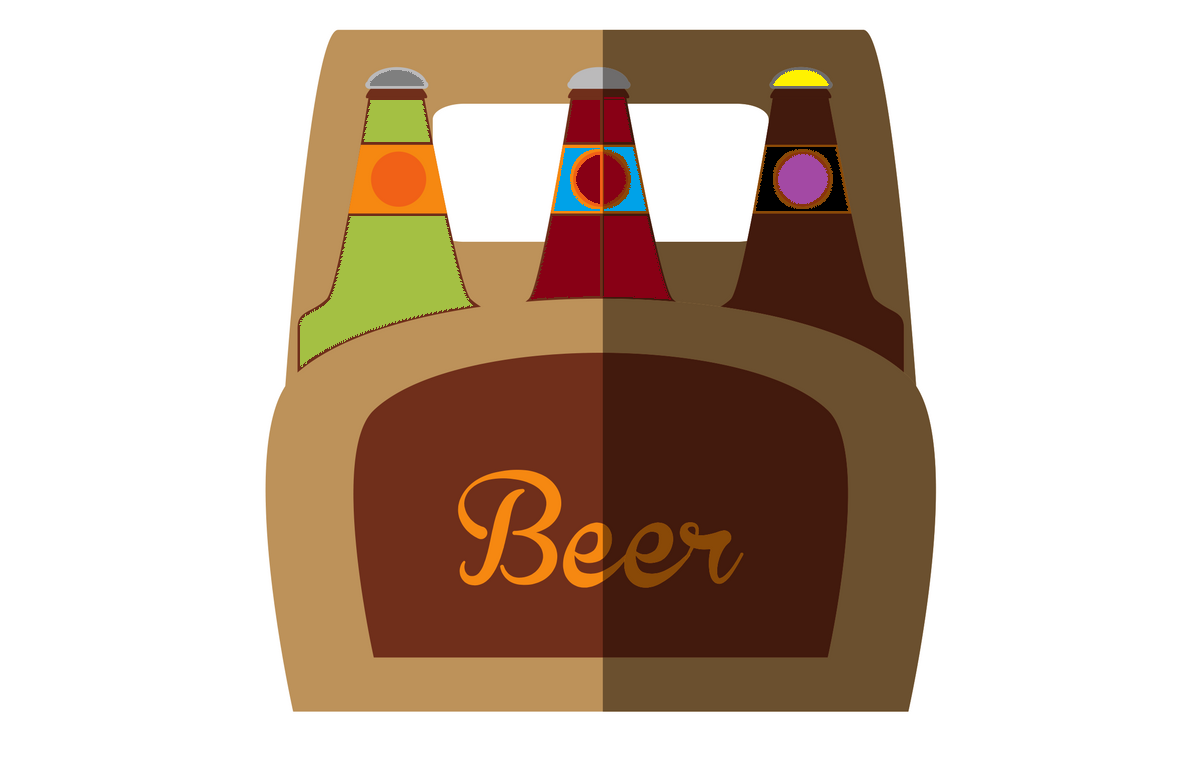The create-your-own six-pack, an offering contrived to sate the needs of a growing cadre of curious beer drinkers, appears to be tanking.
According to data from both IRI and Nielsen, sales of the consumer-assembled six-packs are in a tailspin, a trend that’s worsening in 2018. Sales of the packs fell 34.6 percent in 2017, according to Nielsen all-outlet and convenience data. The IRI figures were even worse, showing sales more than halved last year.
Over the most-recent 4- and 13-week periods, the numbers slipped even more: Nielsen shows sales dollars off in the mid-50 percent range for each period.
The precipitous decline of build-your-own packs, which allow consumers to choose among dozens of single bottles or cans from several different breweries, appears to be the result of a combination of factors.
Pick-six started in liquor stores and specialty retailers before nudging their way into grocery and even convenience stores in recent years, mirroring the ascent of craft. Typically retailing for around $9.99, the packs cater to consumers looking to experiment with different styles and sample from different breweries. For instance, instead of laying down $10 for a sixer of a gose they’ve never tried and another $10 for a six-pack of IPA from a newish brewer, they can grab a couple of each, along with two beers they already know they like for the same price.
Retailers merchandise the displays in both non-refrigerated sections of the store as well as inside cooler doors. And the trend clearly caught on, accounting for more than 1 million cases in 2015 and 2016.
But things took a turn for the worse last year in measured outlets, and the declines appear to be accelerating.
Critics have long claimed that some pick-six shelves became the landing place for beer at or near expiration dates. They also have argued that, depending on the store, they take up too much shelf space.
Retailers, meanwhile, may be seeing that the amount of labor required to break up packs and keep the pick-six shelves stocked and updated isn’t worth the trouble for relatively low productivity, says Bart Watson, chief economist with the Brewers Association, a Denver-based trade group.
Watson also posits that instead of reaching to make their own variety packs, consumers are buying more brewery-assembled variety packs, which have proven successful for breweries like Hop Valley. And as craft beer becomes more mainstream, more consumers, he hypothesized, are increasingly “willing to make the jump to single-brand six-packs.”
Retailers who see their pick-six displays start to gather dust are not likely to stand idly by, especially as they are looking to more effectively manage their space. Last year, for example, the number of beer SKUs declined for the first time in more than five years, due in part to retailers pulling back orders on less-productive items.
One potential alternative may be singles, which are growing at a healthy clip.
Both 16-ounce and 24-ounce cans posted gains at or near double digits for 2017 and in recent multi-week periods. And although they still represent a tiny portion of volume, the single 12-ounce can is up more than 50 percent in case volume in 2017 and 2018. Further, the 19.2-ounce can has emerged as a vessel of growing popularity among craft brewers, though Nielsen data for that package size is not yet available.
In all likelihood, it’s a combination of these factors that’s dragging down the pick-six. And while those in the industry say the offering is likely to survive in certain formats, such as beer specialty stores and bottle shops, it may not be long for some grocers and convenience stores.

